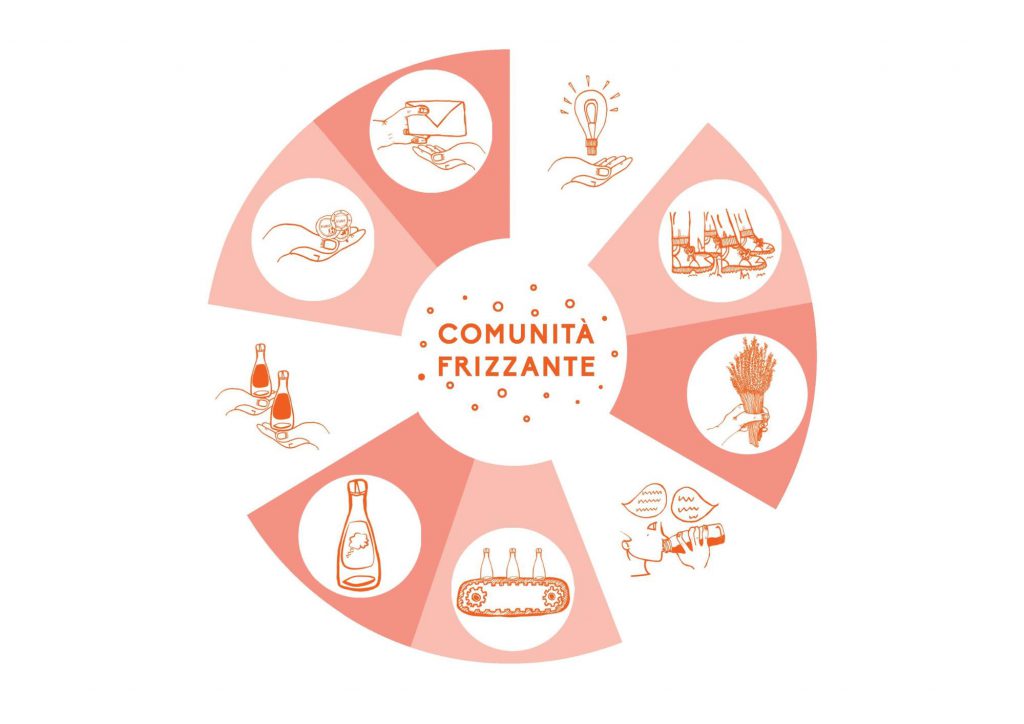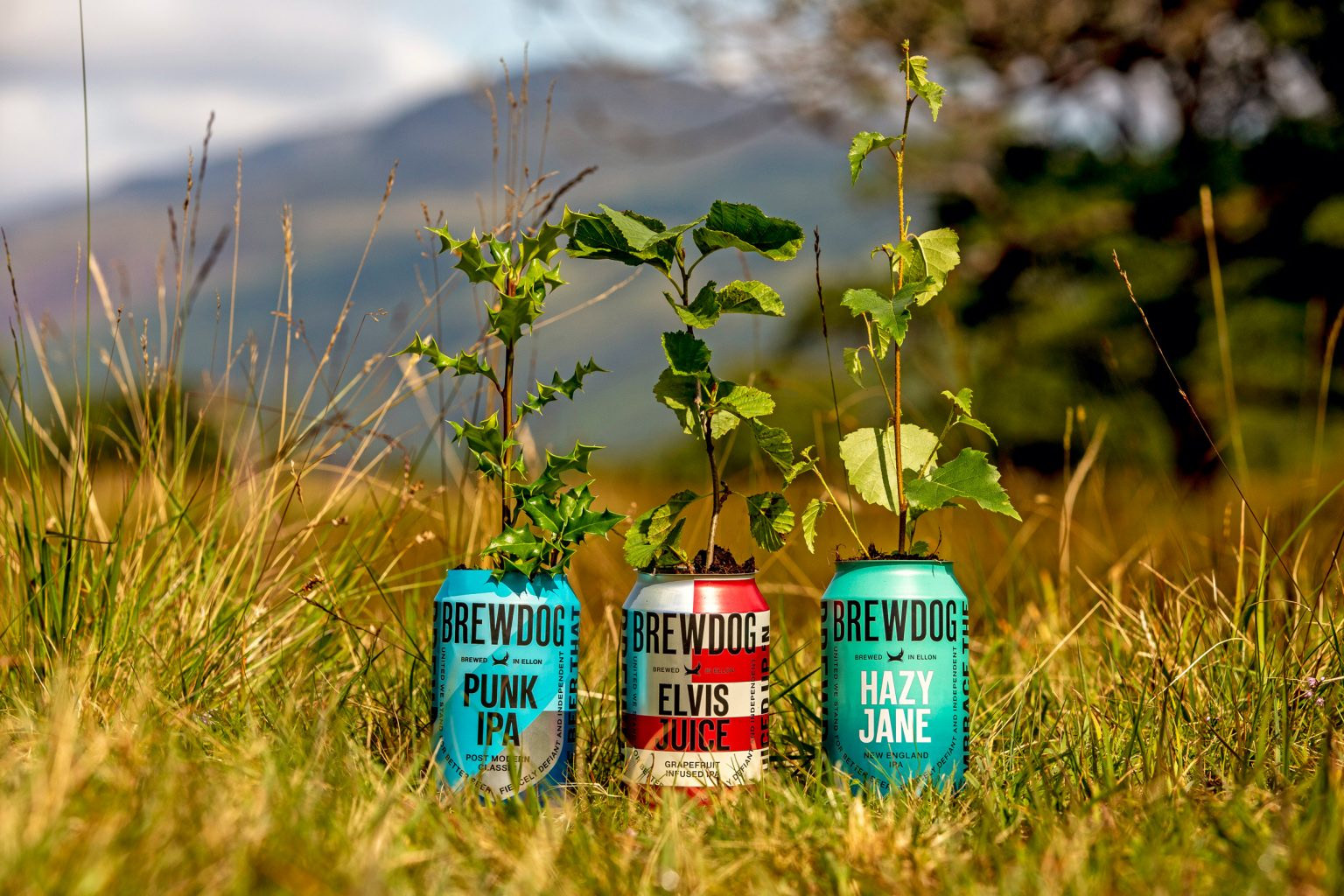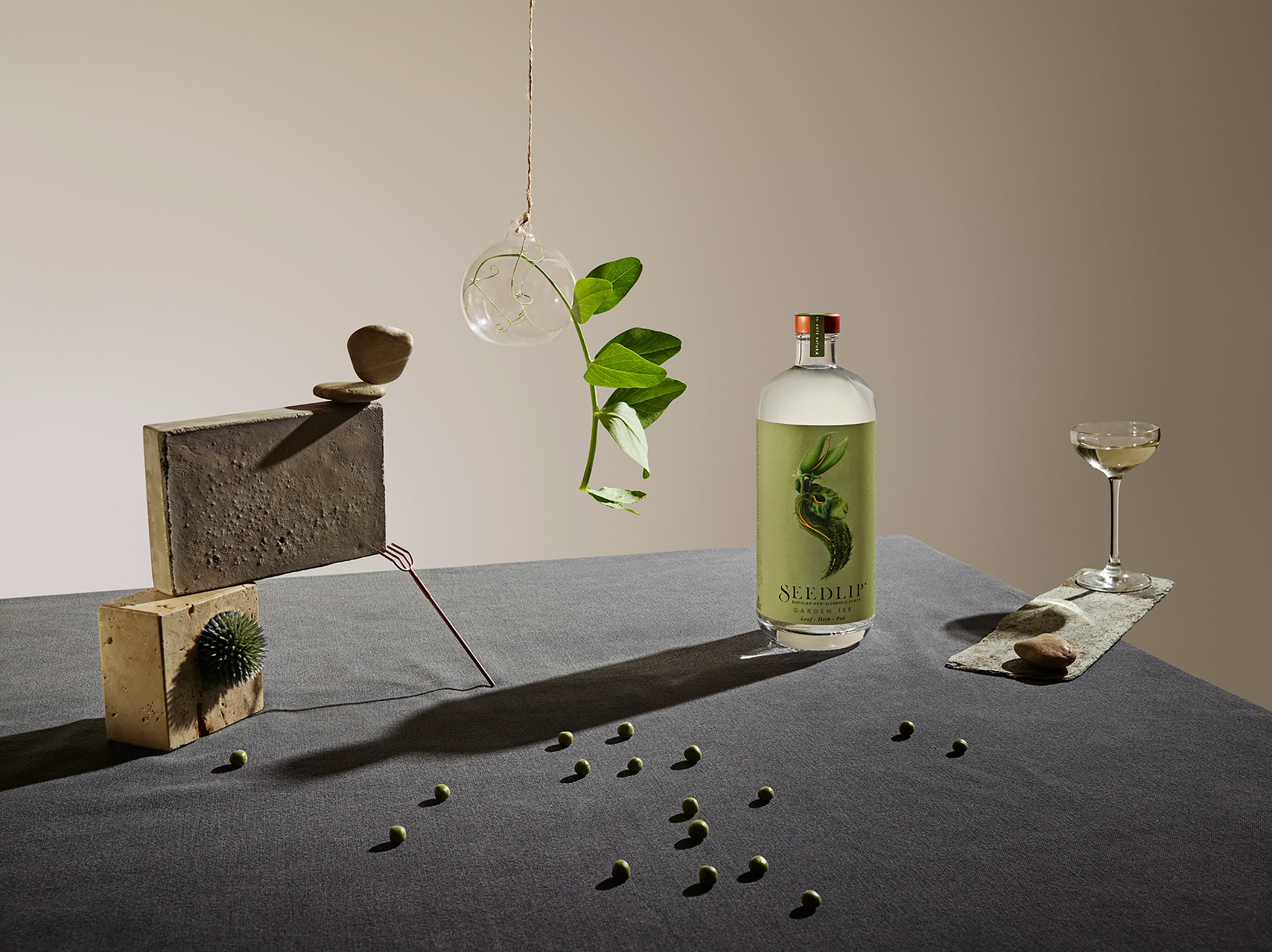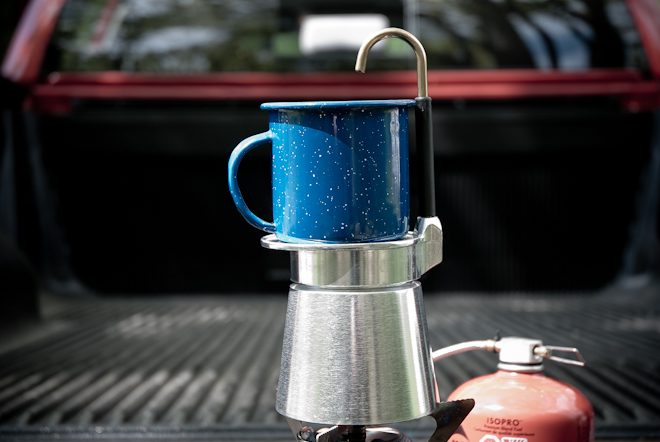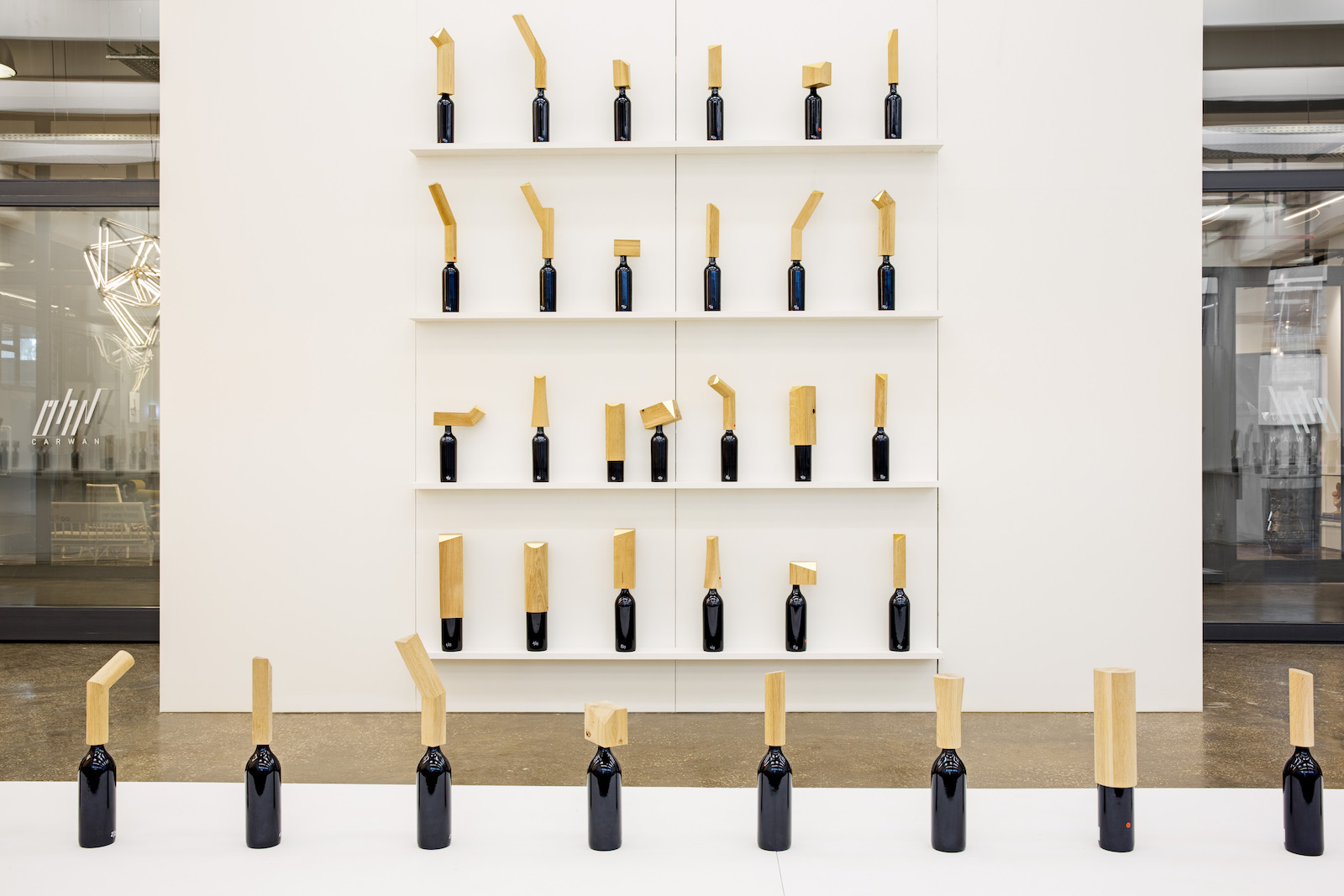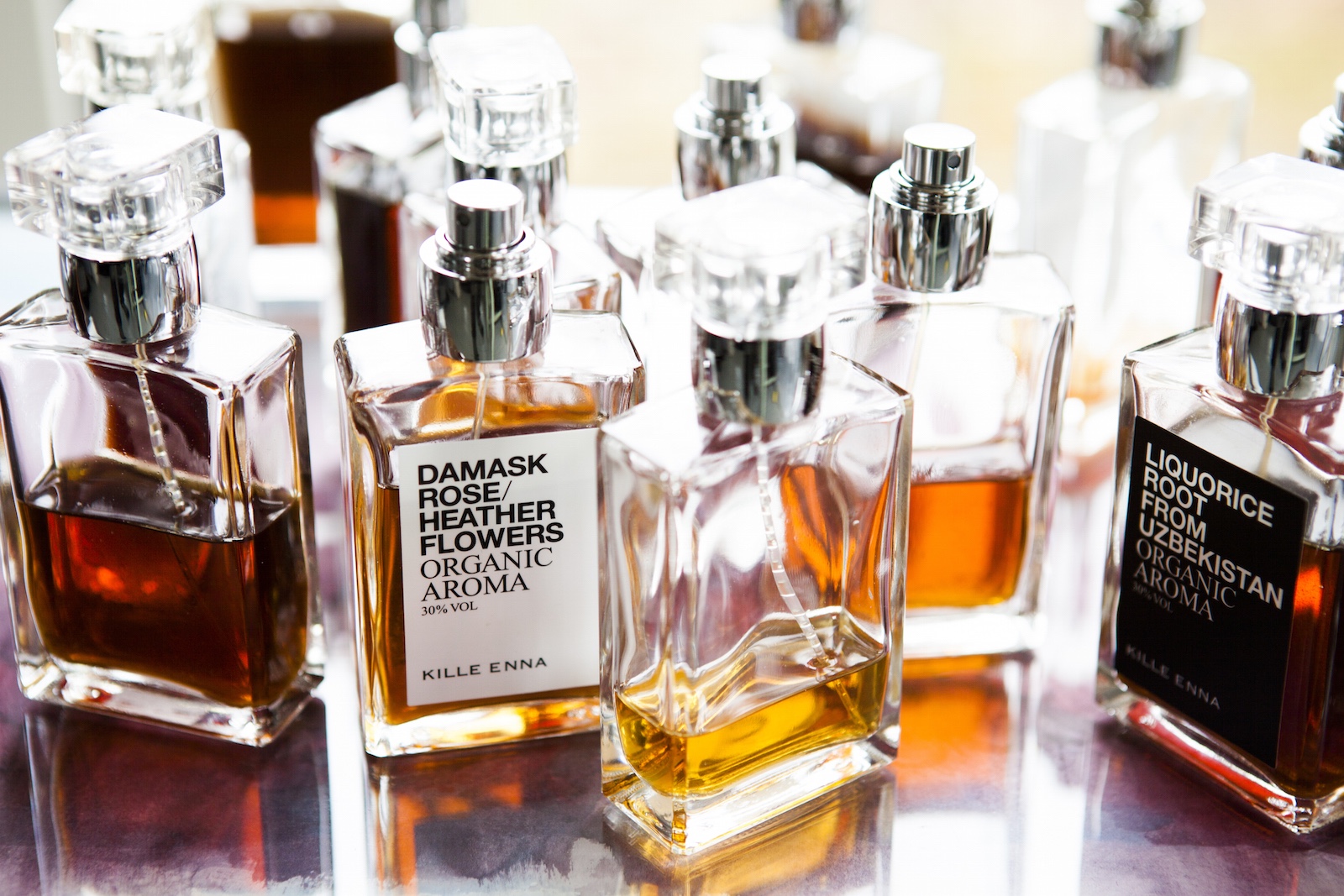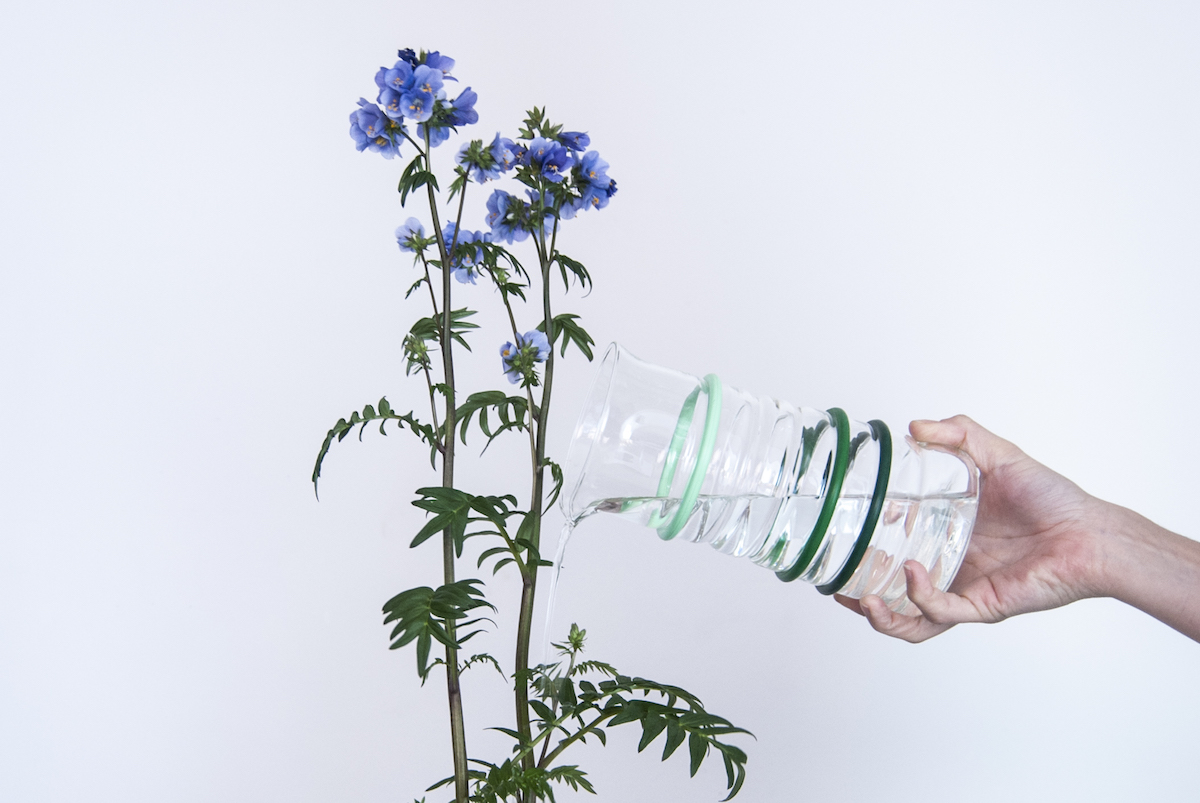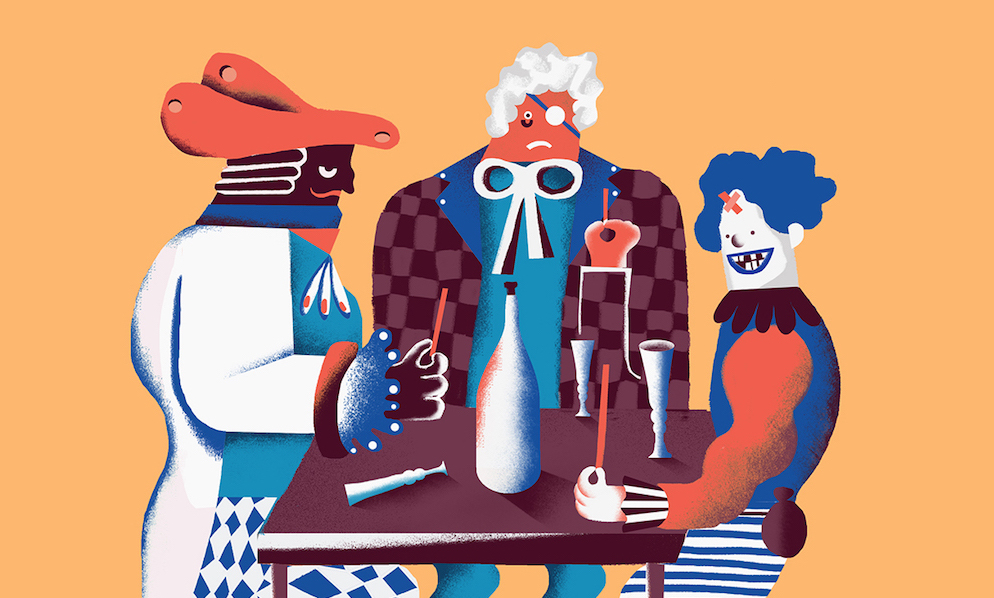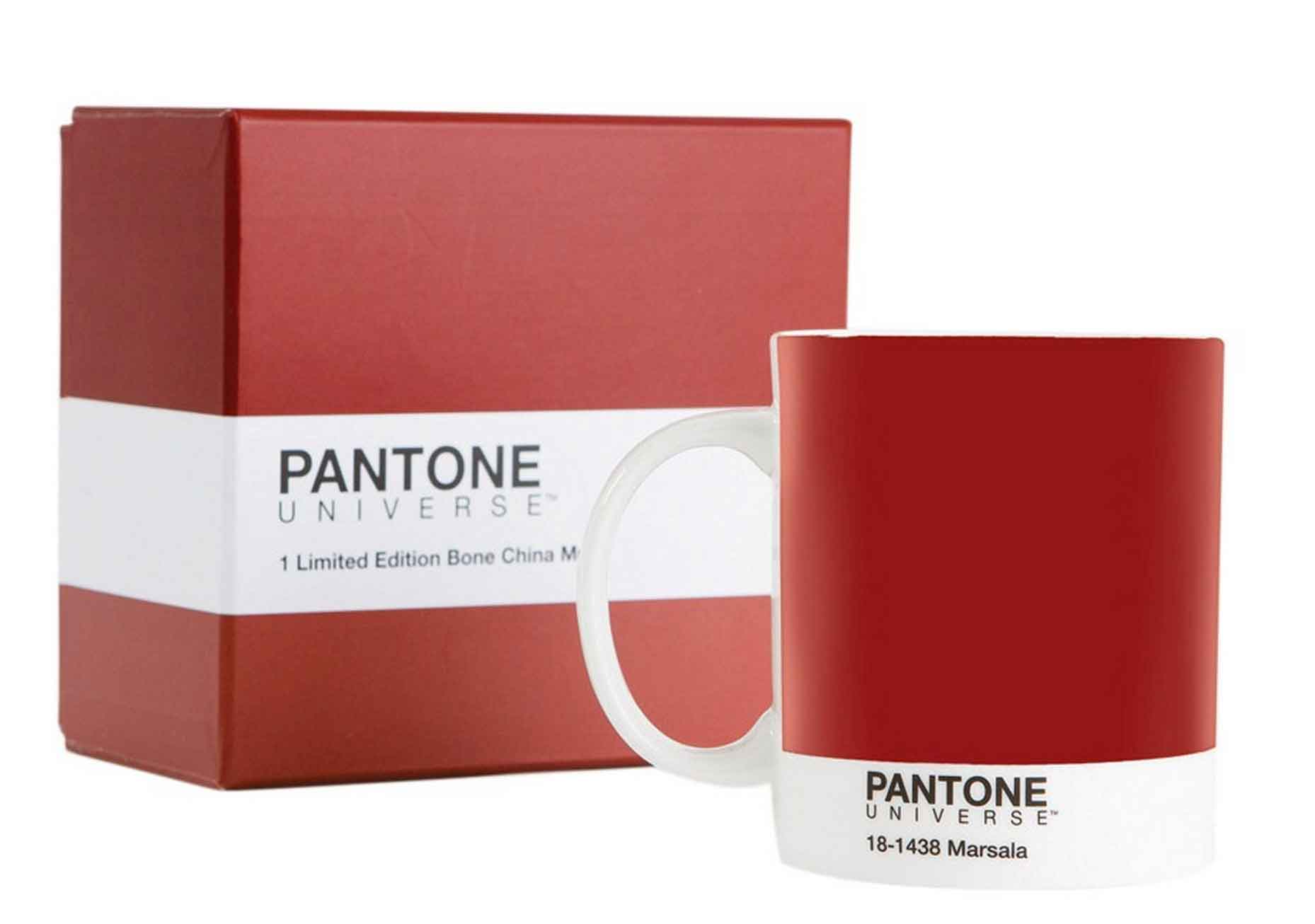In Italy, like much of the world, when one thinks of carbonated drinks, one thinks of Coca-Cola. Maybe Pepsi. Yet, in the autonomous province of Trentino located in the Italian Alps, a community project called Comunità Frizzante is redefining what an italian carbonated drink can be. Not as another opaque, industrial elixr, but a sweet, bubbly window into the people and environment of the Vallagarina valley.

“The highest goal we have is to create a set of beverages that people from here feel is their drinks. Not the drinks of a company that is based here but is really their drink.” said agroecologist and head of production for Comunità Frizzante Carlo Bettinelli. In 2019 Comunità Frizzante was initiated by the Rovereto-based collective La Foresta, and was initiated by the participatory design and research group, Brave New Alps, with the intention of creating local beverages that are inextricably tied to the local economy and ecology. While nobody would think twice about seeing locally produced bread, craft beer, or home-fermented sauerkraut (a ubiquitous food in the region) in Trentino, Comunità Frizzante was intent on producing something astonishing, something nobody would ever think of as “local”. Resulting in their uniquely social-ecological methodology for producing fizzy drinks. This food ecology nurtures a process where production, distribution, and profit are in service of the community it comes from.
This idea to produce small batch fizzy drinks for the community was inspired by the comparable project, Company Drinks, a London-based beverage company that, according to their website, runs a “full drinks production cycle of growing, picking, processing, branding, bottling, trading and reinvesting.” Yet Comunità Frizzante’s methodology for producing a batch of fizzy drinks as illustrated in this circulating process below, was initially conceived by La Foresta.
By design, the whole community is invited to have a hand in the process. People are invited to join in sessions to come up with ideas for flavoring, to go on guided walks around the local landscape and harvest blends. Local farmers in the region help to source ingredients, the local science museum helps in identifying promising local flora. Experts and chefs are invited to help run the workshops to create the mixtures. Other organizations provide space for bottling and manufacturing, while local bars and restaurants distribute the products.
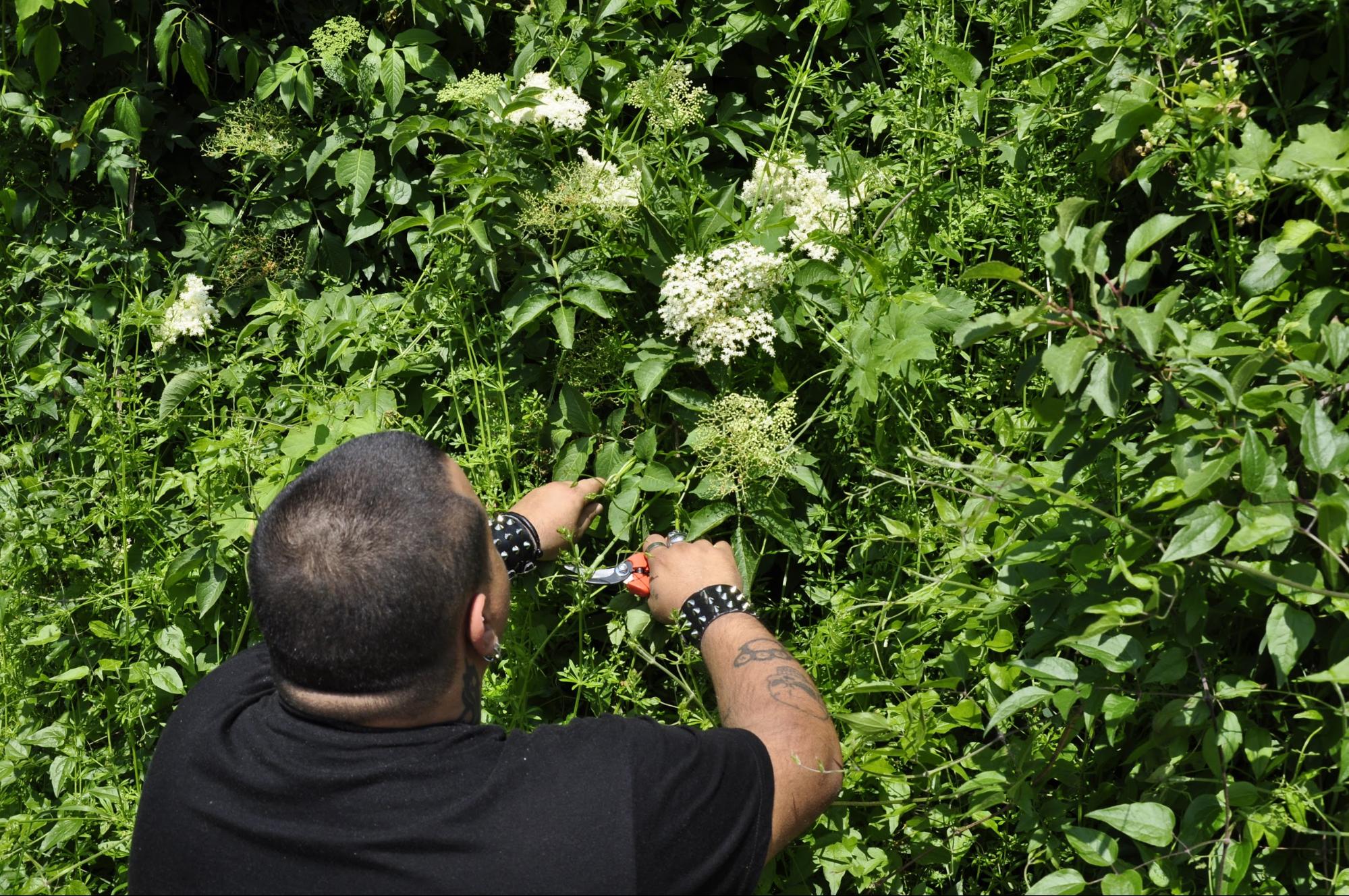
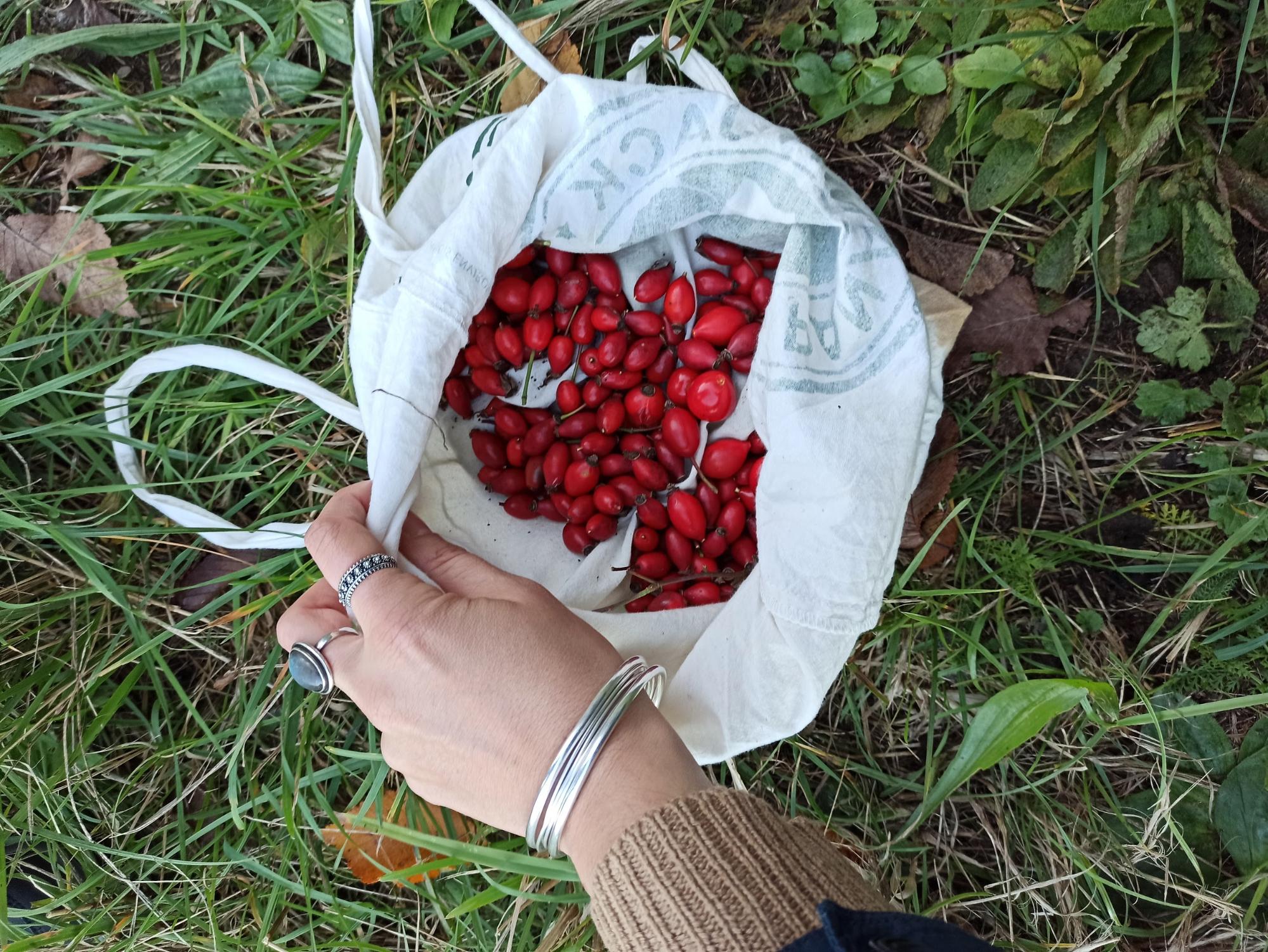
The first batch of three distinct flavors settled on by anyone in the community who wanted to participate, is almost exclusively sold in the region and is just beginning to be distributed outside of the province. But unlike its global-industrial competitors, the ambition of these fizzy drinks is not growth and increased production. “It is kind of a political statement.” said Bettinelli. “Even though [fizzy drinks] are usually seen as a totally industrial product—something that can only be made by a huge corporation in a big industry, you can make them yourself in small batches, together with people.” Conversely, Comunità Frizzante embraces the local quality of their products, and the natural limiting factors such as seasonal availability of ingredients.
As much as the people making them, availability of ecological resources define how each batch of fizzy drinks will form. Their first batch of beverages includes Mostoh!—a grape, elderflower infusion made in part from excess grapes from local vineyards. Abbracciata, is a Fanta-like flavoring, but different from Fanta, Abbracciata includes actual orange pulp that was sourced from a local bakery that uses only the skins for seasonal pastries. Ciacola! a more classic cola flavoring, uses the open-source cola recipe from the Bristol-based Cube Cola.
As the ingredients, the labor, and the creativity behind these fizzy drinks come from the community around the Vallagarina valley, it serves that the profits are used for the community. While it has been a tumultuous year to set out on the project, especially for the bars and restaurants who are so integral to spreading the word about Comunità Frizzante’s drinks, the organization is intent on putting the profits they receive into sponsoring local cultural events. Ideally, serving to strengthen the community, rather than to exploit it.
Yet for many people, it still can be difficult to wrap one’s head around the idea of a carbonated drink that isn’t mass produced by a megacorporation. A carbonated drink that is not synthesized, marketed, and sold by a single private group, but is in almost every part formed by a deomcratic and diverse network of people and groups. Such ideas have made marketing the full story of Comunità Frizzante no easy task. It is the character of the bottle and the beverage itself that does much of the work of communicating all that makes these drinks unique. But as every aspect of these drinks is so dependent on the community that it is being sold too, among the people of the Vallagarina valley, its radicalism is crystal clear.

